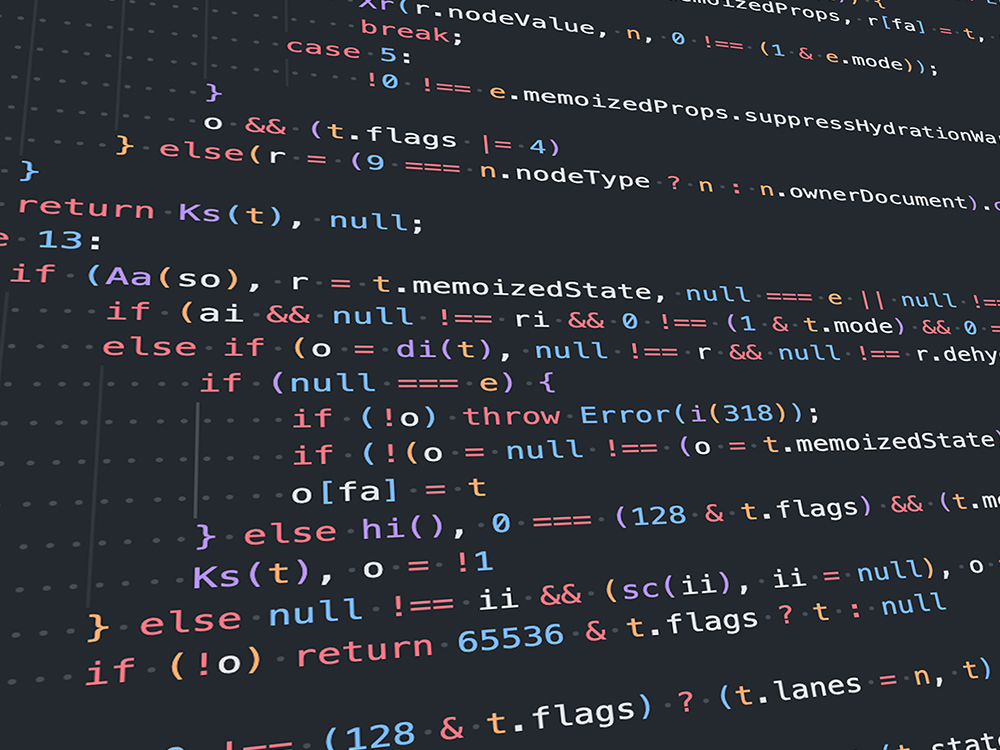JavaScript: Differences between document.createDocumentFragment() and document.createElement()

In JavaScript, both document.createDocumentFragment() and document.createElement() are used to create DOM elements, but they serve slightly different purposes. Here are the differences:
-
document.createElement():- This method is used to create a new element node.
- It takes a string parameter representing the name of the element to be created (e.g., ‘div’, ‘span’, ‘p’, etc.).
- Example usage:
const newDiv = document.createElement('div'); -
document.createDocumentFragment():- This method creates a new empty DocumentFragment object, which is essentially a lightweight container for holding DOM nodes.
- It’s useful when you need to create a group of nodes, manipulate them, and then append them to the DOM efficiently.
- Unlike
createElement(), it doesn’t create a specific element; instead, it creates a container for elements. - Example usage:
const fragment = document.createDocumentFragment(); const newDiv = document.createElement('div'); fragment.appendChild(newDiv);
Key Differences:
-
Performance:
createDocumentFragment()can be more efficient thancreateElement()when you’re dealing with multiple DOM manipulations. This is because appending elements to a DocumentFragment doesn’t trigger reflows or repaints in the browser until it’s appended to the DOM. -
DOM Manipulation:
createElement()creates single elements directly, whilecreateDocumentFragment()is more suitable for creating a group of elements or a subtree of the DOM. -
Use Cases:
createElement()is typically used when you want to create individual elements that will be immediately added to the DOM, whereascreateDocumentFragment()is useful when you need to create and manipulate a group of elements before adding them to the DOM in one go.
In summary, while both methods are used to create DOM elements, createElement() creates individual elements, whereas createDocumentFragment() creates a container for holding multiple elements, which can be manipulated efficiently before being appended to the DOM.